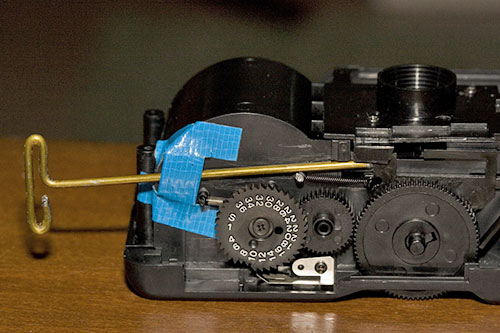"The following is a tutorial on how to create an extension tube / reverse mount for a standard 18-55mm lens using common plumbing supplies found at your local hardware store… Reversing the lens using a ‘reversing ring’. This special adapter attaches to the filter thread on the front of a lens and makes it possible to attach the lens in reverse. Excellent quality results up to 4x lifesize magnification using fairly cheap, ‘standard’ (not specially designed for macro) lenses can be produced."
Continue reading at jyoseph.com
Via MAKE Blog
